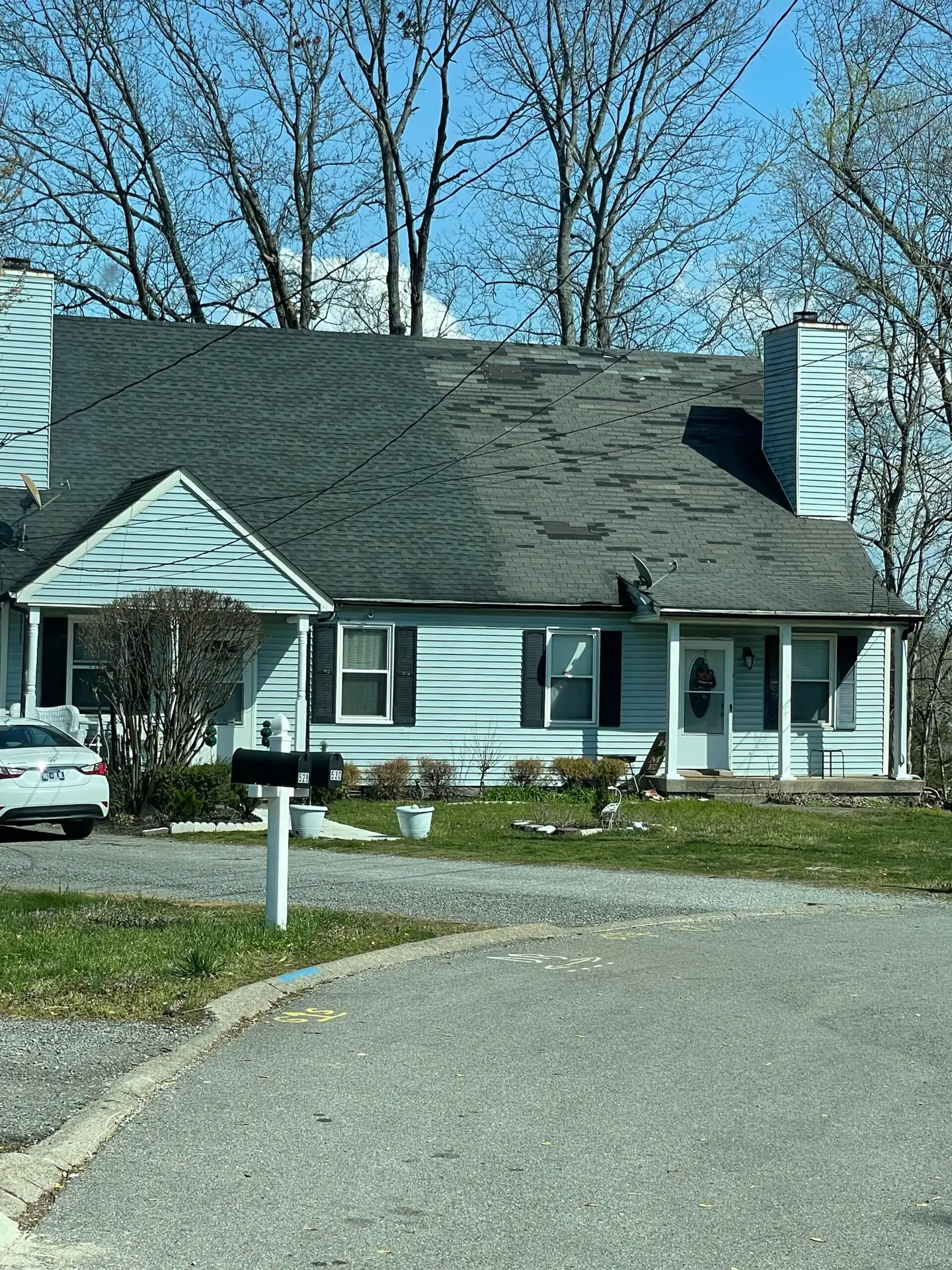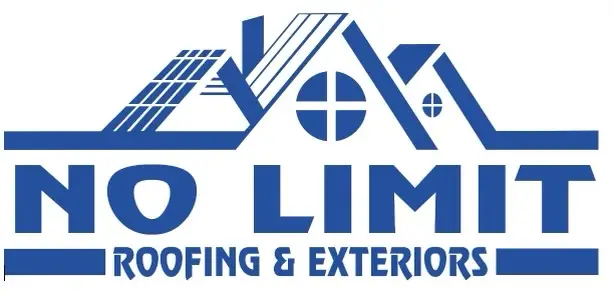
Choosing the right roofing material is a pivotal decision, and the debate often revolves around 3-tab shingles (on the right side of your roof) and architectural shingles (on the left side of your roof). In this article, we’ll delve into the essential distinctions between these options, considering vital factors like cost, durability, and design versatility.
Understanding 3-Tab Shingles
3-tab shingles stand as a classic, budget-friendly roofing choice that has stood the test of time. They feature a simple design with three evenly spaced tabs or strips on each shingle.
Advantages of 3-Tab Shingles:
Cost Efficiency: The most enticing aspect of 3-tab shingles is their affordability. For homeowners mindful of their budget, this option offers a cost-effective roofing solution.
Lightweight Composition: 3-tab shingles are relatively lightweight, exerting minimal pressure on the underlying roof structure. This is beneficial for older or less robust roofing systems.
Ease of Installation: Roofers appreciate working with 3-tab shingles due to their straightforward installation process. The simplicity often translates into potential labor cost savings.
Limitations of 3-Tab Shingles:
Limited Lifespan: With a service life of 15 to 20 years, 3-tab shingles have a shorter longevity compared to architectural shingles, potentially leading to more frequent replacements and increased long-term costs.
Design Constraints: The design options are limited concerning colors and textures, restricting customization possibilities for homeowners seeking a diverse or personalized roof aesthetic.
Lower Durability: 3-tab shingles may not match the resilience of architectural shingles, especially in harsh weather conditions.
Architectural Shingles: A Premium Choice
In contrast, architectural shingles are renowned for their superior aesthetics and durability.
Advantages of Architectural Shingles:
Extended Lifespan: Architectural shingles boast a service life exceeding 30 years, reducing long-term costs by minimizing the frequency of roof replacements.
Design Versatility: Homeowners enjoy a broad spectrum of styles, colors, and textures, enabling customization of their roofing aesthetics to align with their architectural vision.
Enhanced Durability: Engineered to endure extreme weather, architectural shingles stand resilient against high winds, heavy rain, and hail, making them ideal for regions prone to severe weather patterns.
Limitations of Architectural Shingles:
Higher Initial Cost: While architectural shingles offer numerous benefits, they come with a higher upfront price tag, demanding a more substantial investment from homeowners.
Increased Weight: Due to their superior construction, architectural shingles are heavier, necessitating consideration of roof weight capacity or potential reinforcements.
Complex Installation: The installation process for architectural shingles is intricate, often requiring more time and skilled labor.
Conclusion: Making an Educated Choice
The choice between 3-tab shingles and architectural shingles hinges on several factors, including budget, aesthetic preferences, and geographic location. Homeowners in budget constraints with mild climates may opt for 3-tab shingles. Conversely, those seeking distinctive visual appeal and long-lasting roofing, especially in areas with harsh weather conditions, may lean towards architectural shingles. Understanding these differences empowers homeowners to make educated decisions tailored to their specific needs and priorities.
For any queries or if you’re considering a roof upgrade, feel free to reach out to our team at No Limit Roofing and Exteriors. We’re here to assist you in making the right choice for your home.
Follow us on Facebook: No Limit Roofing and Exteriors on Facebook

